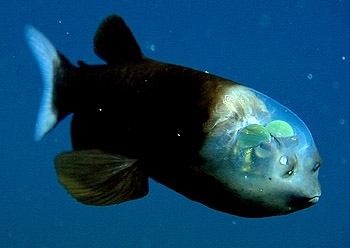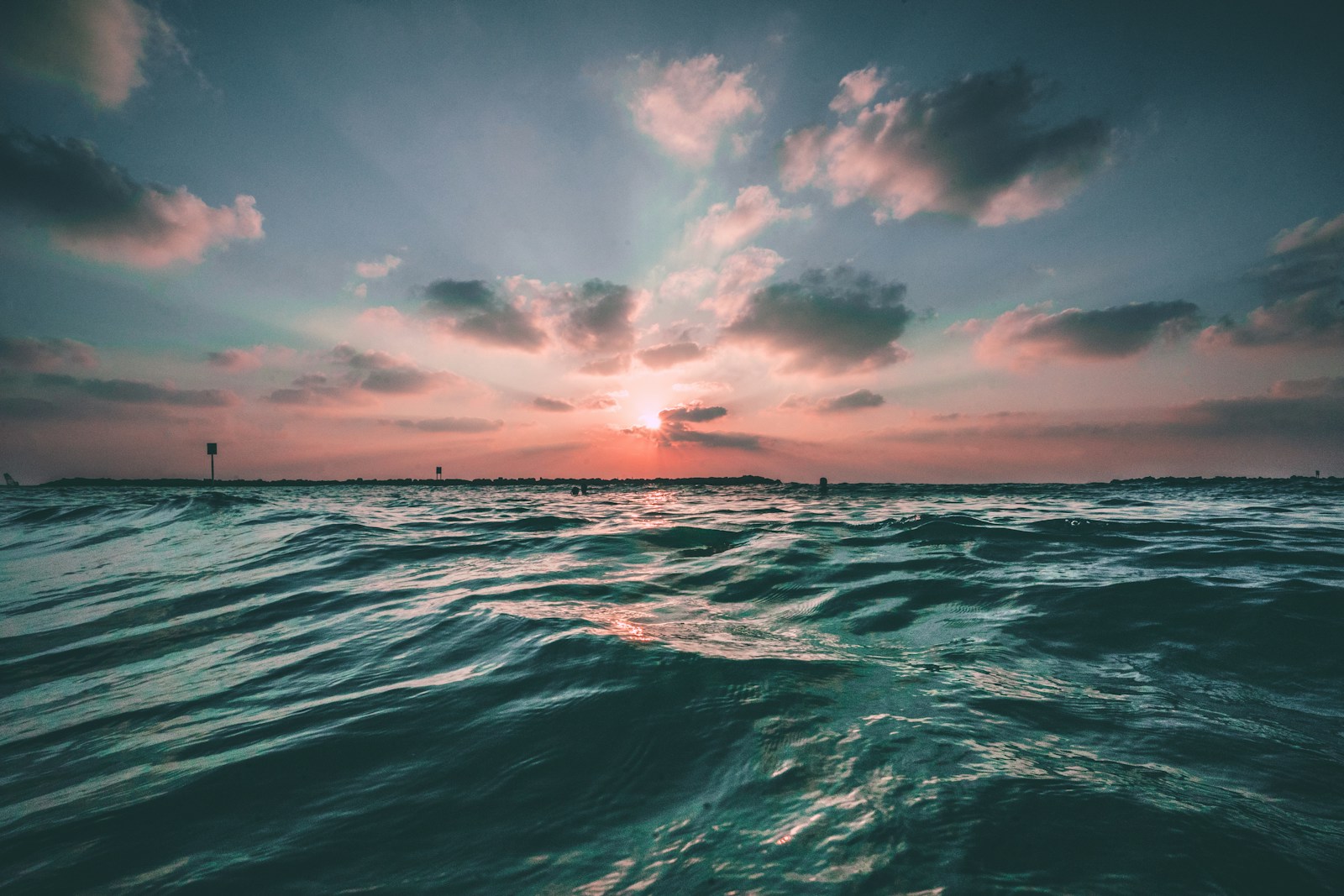We’ve only discovered about 5% of the ocean, and within that 5%, there are 242,000 known species that we know. You’ve probably heard of a lot of these, fish, dolphins, sharks, etc. But there are so many different animals that are much more unique but much less known, so lets meet some of them.
The Coelacanth
The coelacanth is a prehistoric animal, thought to have gone extinct years ago but found in the 1930’s. This is the oldest fish ever in existence that is still alive, making it an amazing discovery. Coelacanths survived the extinction of the dinosaurs, which resulted in people thinking it was extinct, so it’s basically a living fossil. Since coelacanths are from millions of years ago, the have special features from when fish were not as evolved, like a hinged joint in the skull that allows the fish to eat larger prey, much thicker scales, a tube filled with oil that serves as its backbone, an organ in its snout which helps it detect prey, and 3 lobed tails as opposed to the forked tail shape.
The Siphonophore
What’s larger than a blue whale, glows in the dark, and lives in the deepest depths of the ocean? The answer: siphonophores. Siphonophores are giant cnidarians that live where the pressure is high underwater that have bioluminescence. Bioluminescence is natural light that creatures in the midnight zone and lower make to attract prey or mates. A siphonophore is actually a colonial animal, meaning their body consist of many organisms that function in different ways and work together. The reason the siphonophore is so deep is because of the intense pressure down there. For humans and other animals, we would be crushed by the pressure, but it’s just right for the siphonophore. Siphonophores need pressure on their bodies to stay the right size, as they get higher, the pressure decreases and they get bigger. As they get higher and higher, they get bigger until they explode!
The Vaquita
One of the rarest sea animals on the list, mainly because of how few there are in the world. They aren’t dolphins, or a type of whale. While vaquitas are a kind of porpoise, though they’re in a different subgroup called “cetaceans”, and they’re actually the smallest species of cetaceans. Vaquita’s are seriously endangered, scientists estimate that there are less than 10 vaquitas left, making them one of the most endangered species in the world. What caused these creatures to also go extinct? Illegal fishing is the main thing to blame. Throwing gillnets into the water in hopes of catching some fish get vaquitas tangled up in them and cannot go up to the surface to breath again, resulting in them drowning and the low numbers. If this animal were to go extinct, the predator-prey relationship involving it would be thrown off and result in imbalances, so it’s our job to take care of them.

The Barreleye
The barreleye, also known as a spookfish is a very interesting and unique fish. It’s quite a rare sight as well, since scientists have only seen it nine times after more than 5,000 dives into the deep ocean. This fish looks like it has a face, with two eyes and a mouth… but those aren’t its eyes. That’s actually its nose, its eyes are in its head. The head of a barreleye is transparent to serve to the position of their eyes, so that they can see better. It also helps them take in more light and protects their eyes from the organisms on siphonophores since they are believed to steal food from the creature. The reason this fish is also called a “spookfish” is because of their eyes, which are a bright green and pointing up, giving it a haunting and uncomfortable look.

There are many more sea creatures out in the world for us to discover, some could be just as unique and interesting as these, but we can only find out from exploring.






